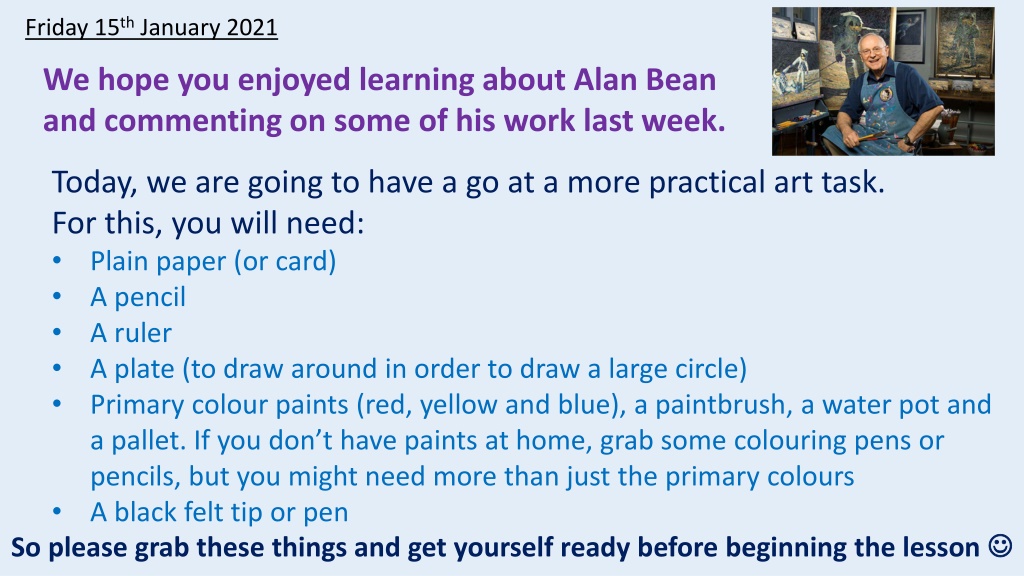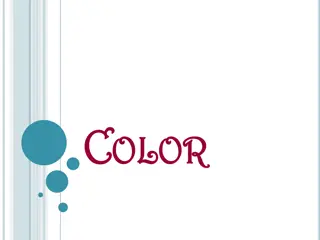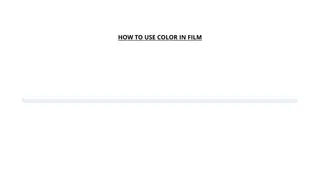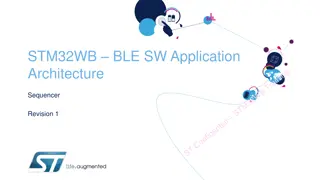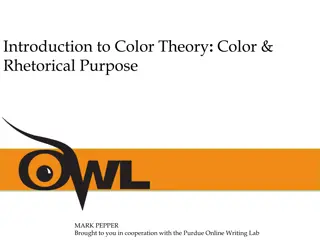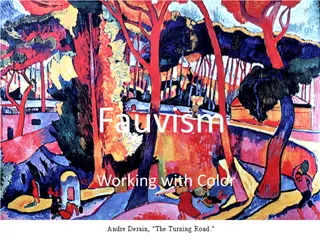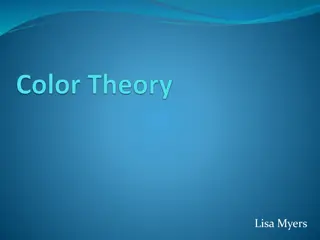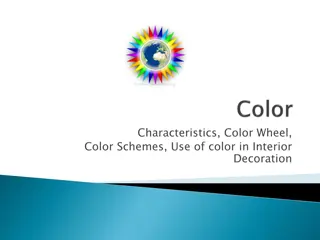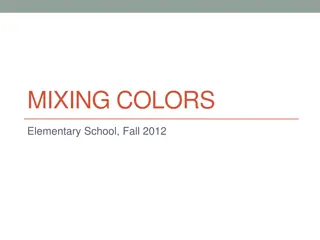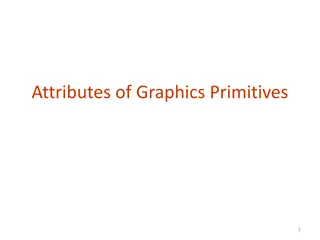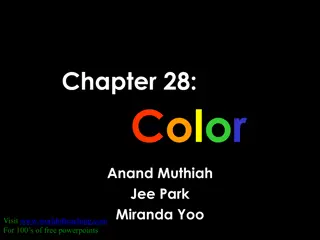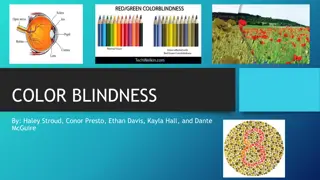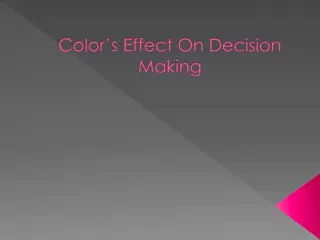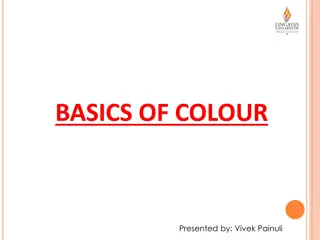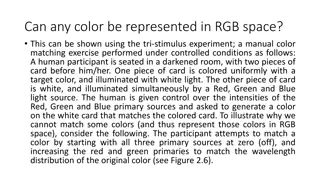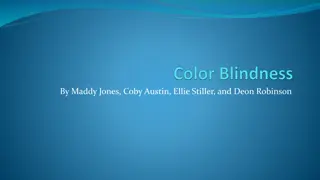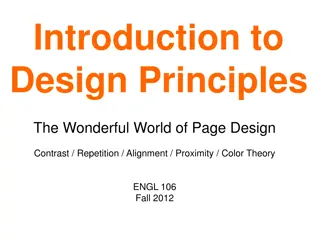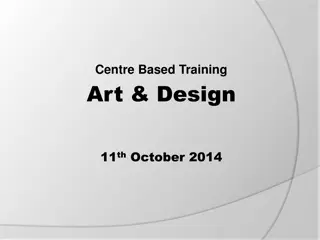Fun Art Task: Creating a Color Wheel
Explore color relationships by mixing secondary and tertiary colors to create a vibrant color wheel. Learn about primary, secondary, and tertiary colors, and follow step-by-step instructions to create your own color wheel using basic art supplies. Enhance your understanding of color theory through this practical art task.
Download Presentation

Please find below an Image/Link to download the presentation.
The content on the website is provided AS IS for your information and personal use only. It may not be sold, licensed, or shared on other websites without obtaining consent from the author. Download presentation by click this link. If you encounter any issues during the download, it is possible that the publisher has removed the file from their server.
E N D
Presentation Transcript
Friday 15thJanuary 2021 We hope you enjoyed learning about Alan Bean and commenting on some of his work last week. Today, we are going to have a go at a more practical art task. For this, you will need: Plain paper (or card) A pencil A ruler A plate (to draw around in order to draw a large circle) Primary colour paints (red, yellow and blue), a paintbrush, a water pot and a pallet. If you don t have paints at home, grab some colouring pens or pencils, but you might need more than just the primary colours A black felt tip or pen So please grab these things and get yourself ready before beginning the lesson
Friday 15th January 2021 LO: I understand colour relationships and can mix secondary and tertiary colours. Have you heard of the terms secondary or tertiary colours before?
Friday 15th January 2021 LO: I understand colour relationships and can mix secondary and tertiary colours. Today, you are going to create a colour wheel. Before you get started, let s learn what the terms primary , secondary and tertiary mean in relation to mixing colours. Primary colorus are the three colours that can be mixed to create any other colour Secondary colours are the three colours that are made as a result of mixing two primary colours Tertiary colours are colours that are produced by mixing a primary colour with a secondary colour
Friday 15th January 2021 LO: I understand colour relationships and can mix secondary and tertiary colours. Firstly, you need to draw your colour wheel template, so that you have a space for each of the colours that you are going to mix today. Step 1: Draw around your plate to create the circular wheel.
Friday 15th January 2021 LO: I understand colour relationships and can mix secondary and tertiary colours. Firstly, you need to draw your colour wheel template, so that you have a space for each of the colours that you are going to mix today. We need to split our wheel into 12 equal sections now. You could do that by following this next set of steps: Step 1: Split your wheel into four equal sections by drawing a cross a little bit like the example on the left. Step 2: Focus in one of your four equal sections to begin with and split it into three by drawing two more lines. Step 3: Work your way around the wheel, splitting each of your original (larger) four sections into three equal parts.
Friday 15th January 2021 LO: I understand colour relationships and can mix secondary and tertiary colours. Firstly, you need to draw your colour wheel template, so that you have a space for each of the colours that you are going to mix today. Alternatively, you could draw diagonal lines so that your wheel looks a bit like this, which is how it looks on the video that you are going to watch today.
Friday 15th January 2021 LO: I understand colour relationships and can mix secondary and tertiary colours. Now let s get painting! Use this video to guide you, adding the labels that the artist in the video writes on too! https://www.youtube.com/watch?v=y3da4_lsLwA If you are using colouring pencils because you don t have paints at home, see if you can create the secondary and tertiary colours by colouring lightly in the same space with both colours (one at a time).
Friday 15th January 2021 LO: I understand colour relationships and can mix secondary and tertiary colours. Hopefully now you ve got your completed wheel! We re going to finish today s lesson by learning two more artistic terms
Friday 15th January 2021 LO: I understand colour relationships and can mix secondary and tertiary colours. Complementary colours Complementary colours are the colours that are opposite one another on the colour wheel. Can you identify all of the pairs of complimentary colours? Remember to include the tertiary colours too. See if you can find a space to write these down next to your colour wheel.
Friday 15th January 2021 LO: I understand colour relationships and can mix secondary and tertiary colours. Harmonious colours Harmonious colours are the colours that are next to each other on the colour wheel. So, for example, green and blue green are harmonious. Green and yellow green are also harmonious. Can you identify all of the harmonious pairs on the colour wheel? You could draw some arrows around your wheel and draw a key by the side to explain that an arrow means harmonious or you could write them in a list next to or underneath your wheel.
Friday 15th January 2021 LO: I understand colour relationships and can mix secondary and tertiary colours. We d like to see your work today please! Please take a picture of your completed colour wheel and email it is us on: year5@abbeyroad.nott.sch.uk
A thought for next weeks lesson A thought for next week s lesson Next week we are going to be experimenting some more with paints Instead of mixing different paint colours with each other, we are going to investigate how adding different materials to paint can impact the texture. Did you learn last week that Alan Bean used modelling paste to create texture in his artwork? You could have a go at making some in your art lesson next week! If you would like to, try to make sure you have the following items ready for the lesson next Friday: -A container that can be sealed to become airtight (a glass jam jar, for example) -PVA glue -White paint -Talcum powder -Something that can act as a stirrer! Do not worry if you don t have these things at home! You can experiment by adding anything that you do have, such as sugar, flour, salt etc to see how that might impact the texture
